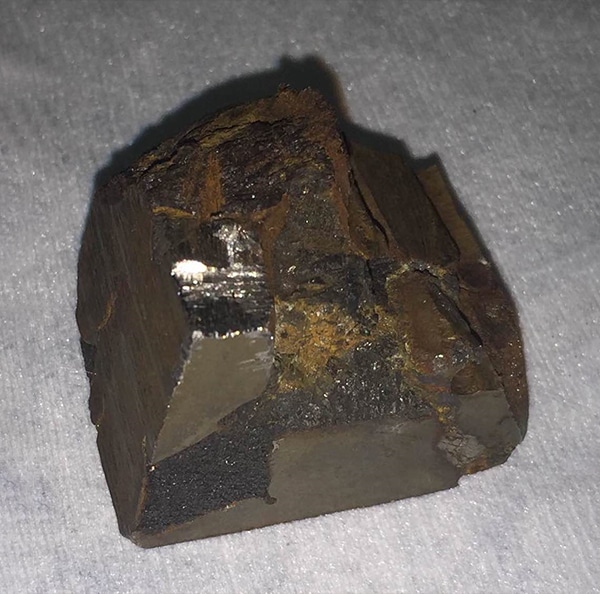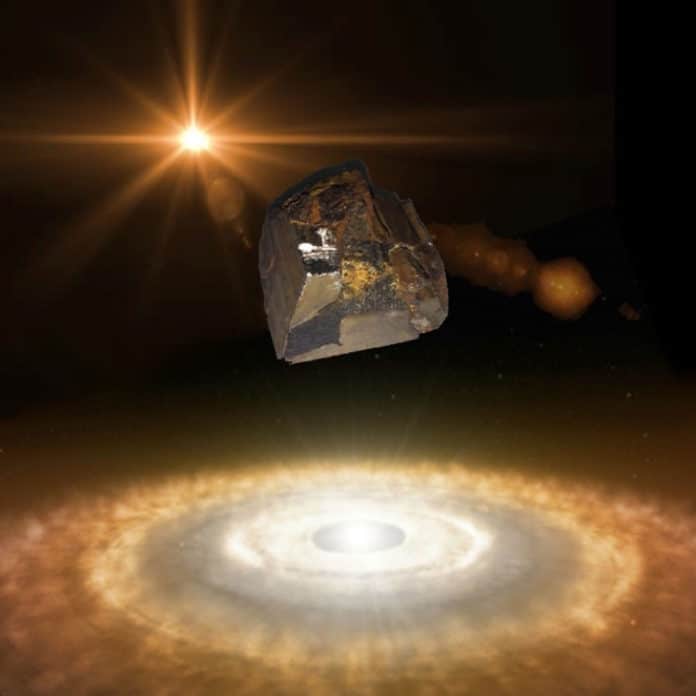Meteorites can contain a wide range of material phases due to the extreme environments found in space. They are ideal candidates to search for natural superconductivity.
Although, due to their chemically inhomogeneous nature and minute superconducting phases, rendering detection becomes difficult.
In a recent study, scientists from the UC San Diego and Brookhaven Laboratory in New York used ultrasensitive magnetic field modulated microwave spectroscopy (MFMMS) technique and studied meteorite samples.
They identified the presence of superconducting material in two meteorites: Mundrabilla and GRA 95205.
Mundrabilla is an iron-sulfide-rich meteorite from a class formed after melting in asteroidal cores and cooling very slowly. GRA 95205, on the other hand, is a ureilite meteorite—a rare stony-like piece with unique mineral makeup—that underwent heavy shocks during its formation.
Scientists characterized the meteorites’ phases as alloys of lead, tin, and indium (the softest non-alkali metal).
Mark Thiemens, a distinguished professor of chemistry and biochemistry at UC San Diego, said, “meteorites with extreme formation conditions are ideal for observing exotic chemical species, such as superconductors—materials that conduct electricity or transport electrons without resistance. However, the uniqueness of superconductive materials occurring in these extraterrestrial [minor] planets.”

Ivan Schuller, a distinguished professor in the Department of Physics with expertise in superconductivity and neuromorphic computing at UC San Diego, said, “Superconductivity in natural samples is extremely unusual. Naturally collected materials are not phase-pure materials. Even the simplest superconducting mineral, lead, is only rarely found in its native form.”
This study was supported by the Air Force Office of Scientific Research (grant FA9550-14-1-0202); and the UC San Diego Chancellors Associates. The U.S. Department of Energy supported transmission electron microscopy work at BNL, Office of Basic Energy Science, Division of Materials Science and Engineering (contract no. DE-SC0012704).
Journal Reference:
- Superconductivity found in meteorites. DOI: 10.1073/pnas.1918056117
